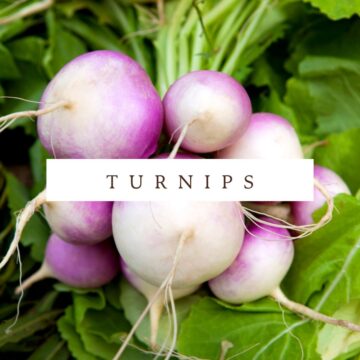In the world of vegetables, few are as intriguing and delectable as the artichoke. With its striking appearance and complex flavor profile, the artichoke has been a culinary treasure for centuries. In this exploration, we will delve into the fascinating realm of artichokes, unveiling their history, anatomy, and culinary versatility. Whether you're a seasoned chef or a curious food lover, prepare to uncover the secrets and delights hidden within this captivating vegetable.
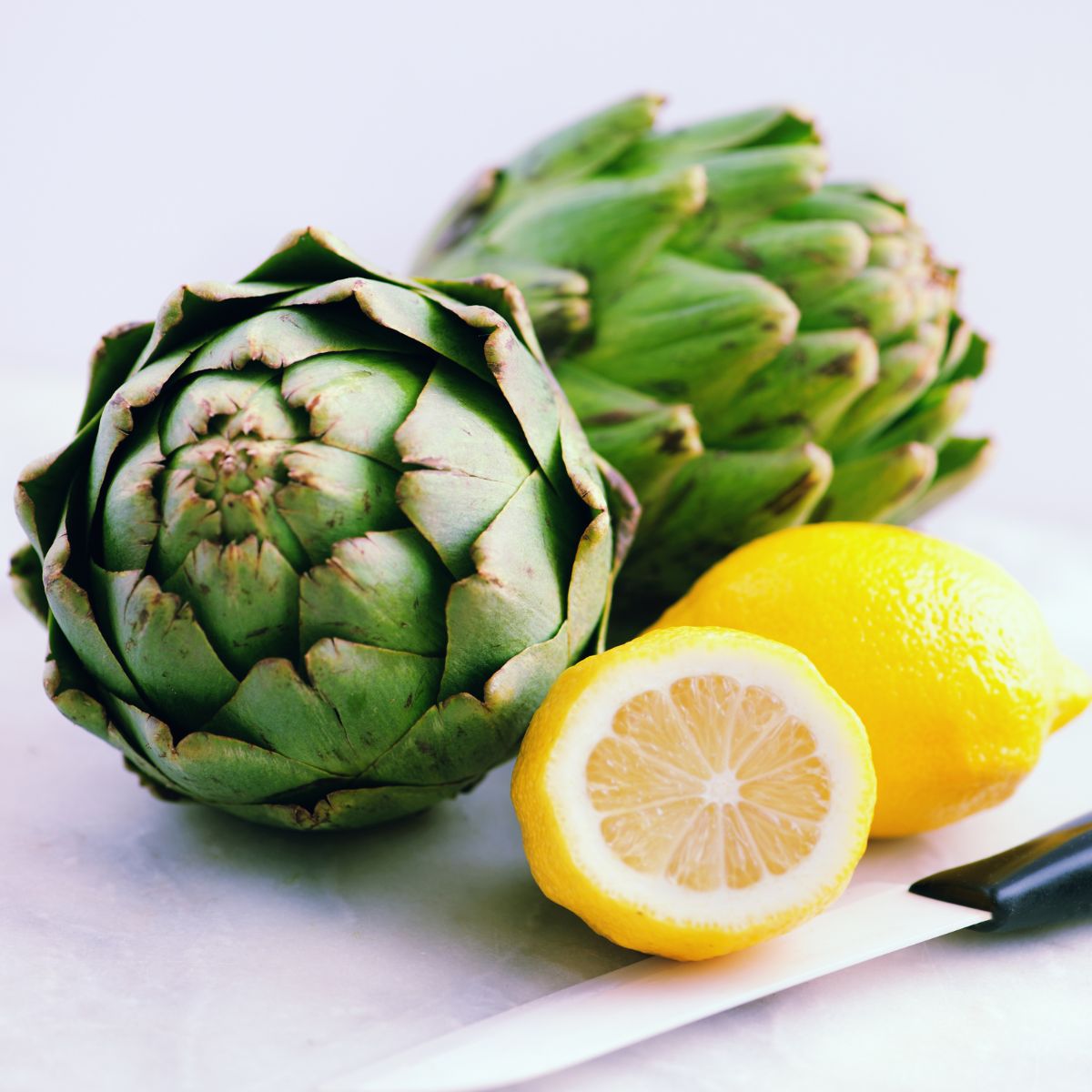
Jump to:
Interesting Facts
- Ancient Origins: Artichokes have been cultivated for over 2,000 years, with their origins traced back to the Mediterranean region.
- Flower or Thistle? Artichokes are actually the edible flower buds of a thistle-like plant called Cynara cardunculus.
- California's Artichoke Capital: Castroville, California, is often referred to as the "Artichoke Capital of the World" and hosts an annual Artichoke Festival to celebrate this unique vegetable.
- Edible Parts: While the most commonly consumed part is the fleshy heart, artichokes offer multiple edible parts, including the leaves and the tender base of the stem.
- Mediterranean Delicacy: In Mediterranean cuisine, artichokes are used in various dishes, such as stews, dips, and salads, showcasing their versatility.
- Thorns and Thistles: Artichokes have thorns on their leaves, which deter predators and make them challenging to eat raw.
- Digestive Aid: Artichokes contain a compound called cynarin, which is believed to stimulate the production of bile and aid digestion.
- Artichoke Hearts: The heart of the artichoke, which is the innermost part of the bud, is considered the most tender and flavorful portion and is often the prized part of artichoke dishes.
- Artichokes Worldwide: While artichokes are heavily associated with Mediterranean cuisine, they are also enjoyed in various culinary traditions around the world, from France to Morocco to Italy.
- Artichoke Season: Artichokes are typically in season during the spring and fall, with the best flavor and quality available during these times.
- The "Choke": The fuzzy center of the artichoke, known as the "choke," is inedible and should be removed before cooking and eating.
- Aphrodisiac Reputation: In some cultures, artichokes have been considered an aphrodisiac, possibly due to their unique appearance and supposed romantic qualities.
- Artichoke Extract: Artichoke leaf extract is sometimes used in herbal medicine for its potential health benefits, particularly for liver and digestive health.

Artichoke Health Benefits
Artichokes offer a variety of health benefits due to their rich nutritional profile and unique compounds. Here are some of the potential health benefits of consuming artichokes:
- High in Fiber: Artichokes are an excellent source of dietary fiber, which aids in digestion, promotes regular bowel movements, and helps prevent constipation.
- Antioxidant Power: They are rich in antioxidants like quercetin, rutin, anthocyanins, and silymarin, which help combat oxidative stress and reduce the risk of chronic diseases.
- Liver Health: Artichokes contain compounds like cynarin and silymarin, known for their potential to support liver health and promote detoxification.
- Cholesterol Control: Some studies suggest that artichoke leaf extract may help lower levels of LDL (bad) cholesterol and improve overall heart health.
- Blood Sugar Management: Artichokes have a low glycemic index and may aid in regulating blood sugar levels, making them suitable for individuals with diabetes or those at risk.
- Weight Management: The fiber in artichokes can promote feelings of fullness, potentially aiding in weight management by reducing overall calorie intake.
- Digestive Health: Artichokes can help stimulate the production of bile, which aids in the digestion of fats and can alleviate symptoms of indigestion.
- Bone Health: They contain vitamin K, which is essential for bone health, as it helps in calcium absorption and bone mineralization.
- Improved Gut Health: Artichokes contain prebiotic fibers that feed beneficial gut bacteria, promoting a healthy gut microbiome and overall digestive well-being.
- Anti-Inflammatory Effects: The antioxidants and phytonutrients in artichokes may help reduce inflammation, potentially benefiting conditions like arthritis.
- Rich in Nutrients: Artichokes provide essential vitamins and minerals, including vitamin C, vitamin B-complex, potassium, magnesium, and iron.
- Skin Health: The antioxidants in artichokes can contribute to healthy skin by reducing oxidative stress and slowing down the signs of aging.
- Improved Immune Function: The vitamins and minerals in artichokes play a role in supporting a strong immune system.
- Gallstone Prevention: Regular consumption of artichokes may reduce the risk of gallstone formation due to their effects on bile production and cholesterol metabolism.
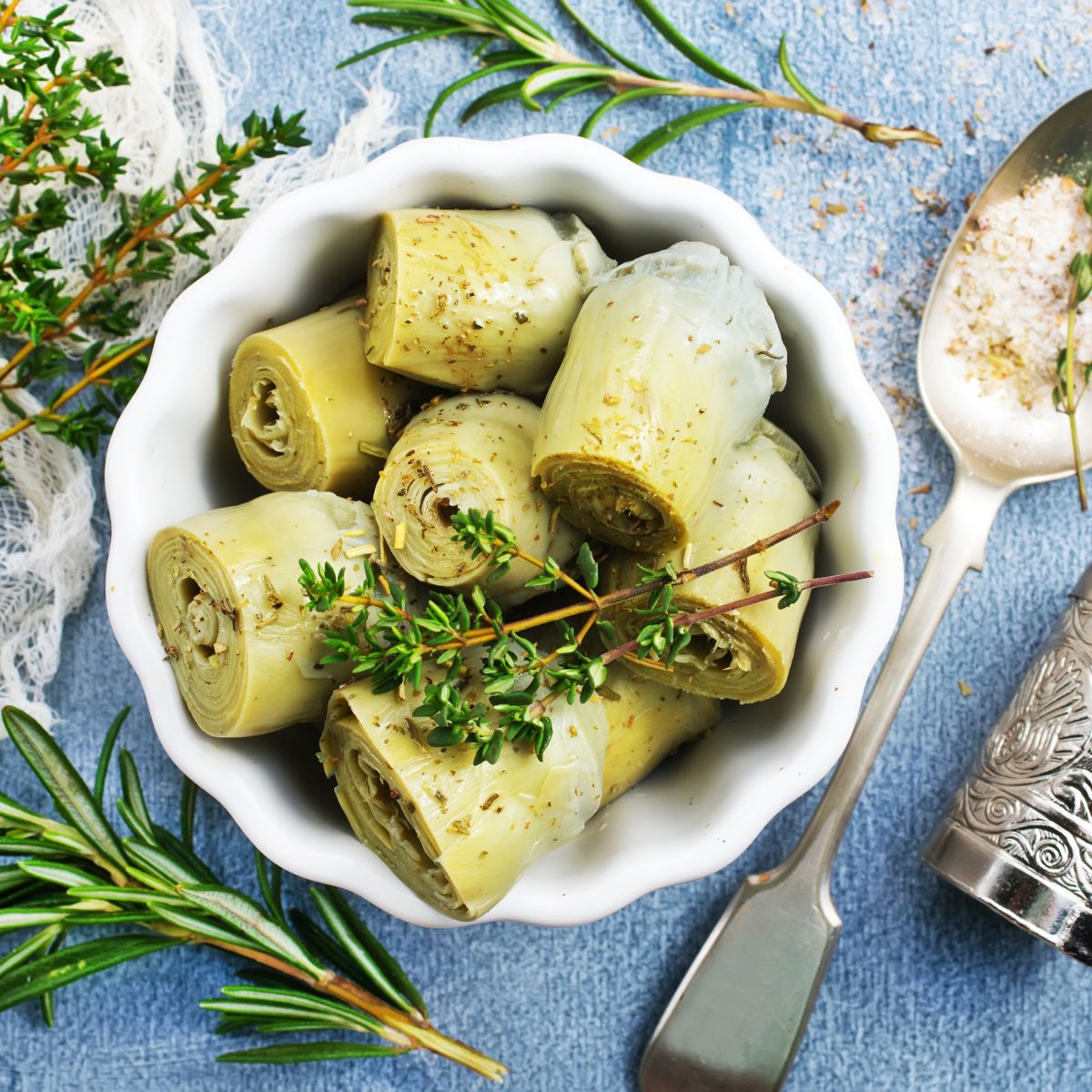
Artichoke Nutritional Information
Artichokes are low in calories and fat, making them a healthy choice for those looking to manage their weight. They are also an excellent source of dietary fiber, which aids in digestion and helps with feelings of fullness.
Artichokes are particularly rich in vitamins C, K, and B-complex, including folate (B9), which is important for cell division and DNA synthesis. They also provide essential minerals like potassium, magnesium, and phosphorus, which are important for maintaining various bodily functions, including muscle and nerve health.
Additionally, artichokes are known for their antioxidant properties, thanks to compounds like quercetin and anthocyanins, which can help protect cells from oxidative damage.
Carbs in Artichokes
The net carbohydrates in artichokes, which is the total carbohydrates minus dietary fiber, are typically around 6-7 grams per medium-sized boiled artichoke (about 120 grams).
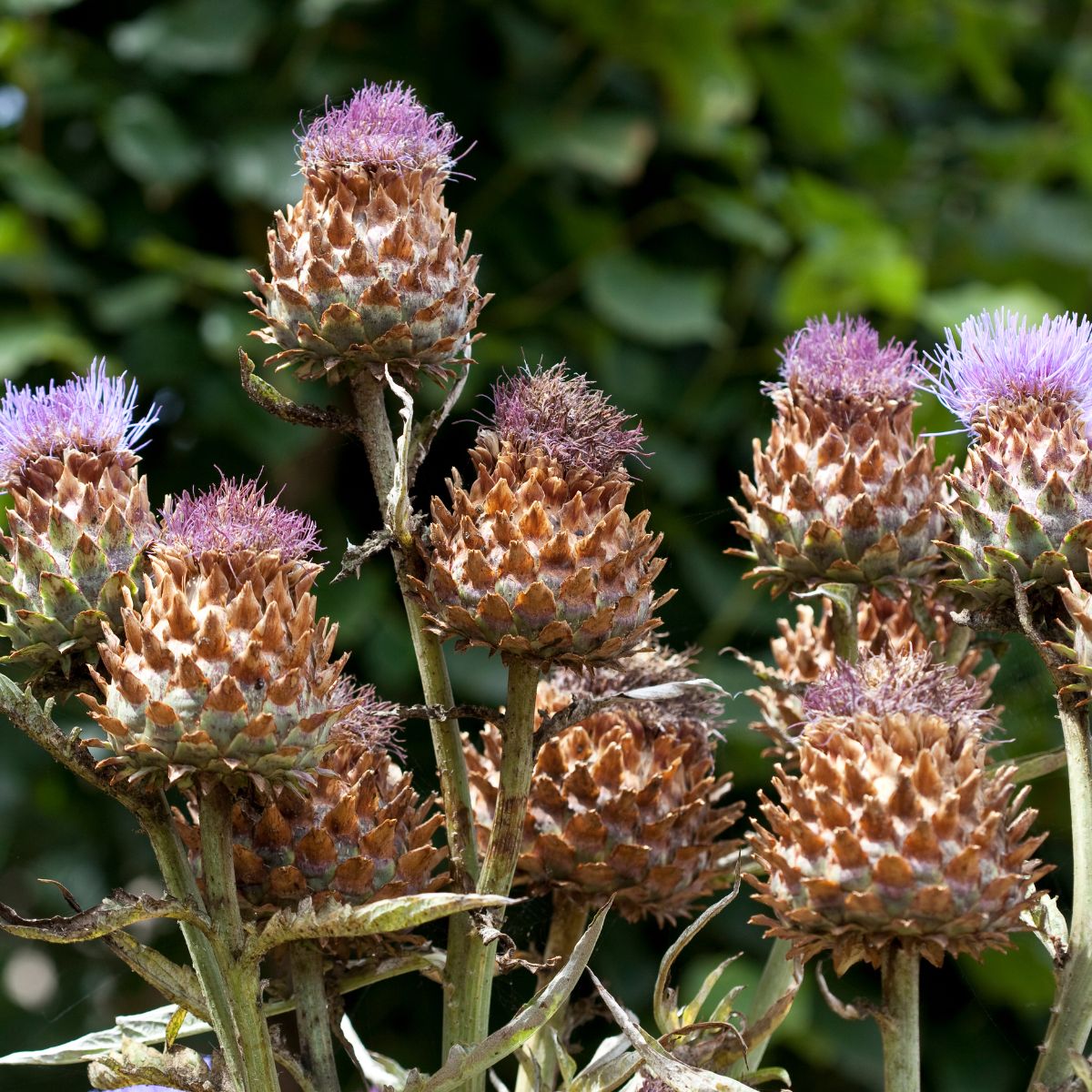
Types of Artichokes
There are several different types of artichokes, each with its own characteristics and culinary uses. Here are some of the most common types:
- Green Globe Artichoke: Green Globe is perhaps the most well-known and widely cultivated variety of artichoke. It has a large, round shape with thick, fleshy leaves and a tender heart. This variety is commonly used in Mediterranean and American cuisine.
- Purple Artichoke: Also known as Violetto or Sicilian artichokes, this variety has a vibrant purple or reddish hue. While its appearance is striking, it has a similar flavor and texture to Green Globe artichokes.
- Baby Artichoke: Baby artichokes are harvested from the lower parts of the plant and are smaller in size than their larger counterparts. They have a tender, edible choke, and their compact size makes them ideal for various culinary applications.
- Spined Artichoke: Spined artichokes have thorns on the tips of their leaves, which can make handling them a bit challenging. They are less commonly found in supermarkets but can still be used in cooking like other artichoke varieties.
- Chinese Artichoke: Also known as "crosne" or "Japanese artichoke," this is a different plant species (Stachys affinis) altogether. These small, knobby tubers have a nutty flavor and are often used in Asian cuisine.
- Jerusalem Artichoke: Despite its name, the Jerusalem artichoke is not related to the traditional artichoke but is a type of sunflower (Helianthus tuberosus). Its tubers, also known as sunchokes, have a crisp texture and a sweet, nutty flavor. They can be cooked and eaten in various ways.
- Globe Artichoke Varieties: Within the Green Globe variety, there are some sub-varieties and hybrids that have been developed over time to adapt to different growing conditions and climates. These may have slight variations in appearance and taste.
It's essential to choose the right type of artichoke for your culinary needs and consider factors like size, tenderness, and appearance when selecting them for various dishes. Each variety of artichoke can bring its own unique flavor and texture to your recipes.
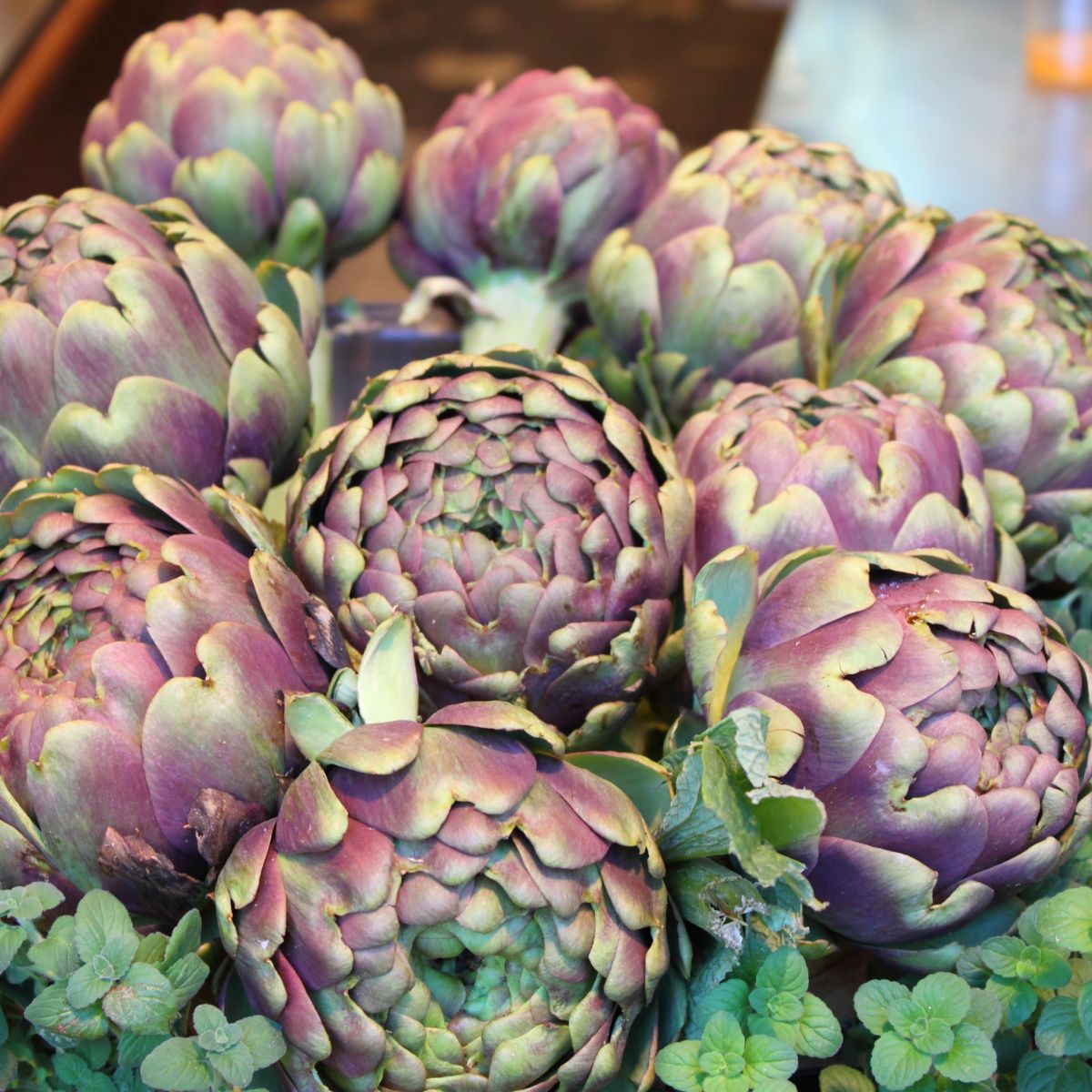
How to Store Artichokes
Properly storing artichokes can help extend their freshness and preserve their flavor. Here are steps on how to store artichokes:
- Refrigeration: The best way to store fresh artichokes is in the refrigerator. Place them in a perforated plastic bag or a produce drawer to maintain humidity levels. If you don't have a perforated bag, you can poke a few holes in a regular plastic bag to allow for some airflow.
- Moisture: To keep artichokes fresh, it's important to maintain their moisture. You can lightly sprinkle them with water or wrap them in a damp paper towel before placing them in the bag. This will help prevent them from drying out.
- Temperature: Store artichokes in the coldest part of your refrigerator, ideally at temperatures between 32°F to 40°F (0°C to 4°C). Avoid placing them in the coldest section of the fridge, as temperatures below freezing can damage the artichokes.
- Isolation: Store artichokes away from ethylene-producing fruits and vegetables, such as apples, bananas, and avocados. Ethylene gas can cause artichokes to deteriorate more quickly.
- Use Quickly: Artichokes are best when consumed soon after purchase or harvest. Their quality tends to degrade the longer they are stored.
- Check for Freshness: Before cooking, inspect the artichokes for signs of deterioration, such as browning or shriveling leaves. Trim away any damaged or discolored parts.
- Cook or Freeze: If you can't use your artichokes within a few days, consider cooking them and storing them in the refrigerator for a short time. Alternatively, you can blanch and freeze them for longer storage.
Keep in mind that the freshness of artichokes depends on various factors, including their initial quality, how well they were stored before purchase, and how they are stored in your home. Proper storage can help extend the shelf life of artichokes and maintain their delicious flavor and texture.
How to Cook Artichokes
Cooking artichokes can be a delicious and rewarding culinary experience. Here's a basic method for preparing and cooking whole artichokes:
Prepare the Artichokes: Start by washing the artichokes thoroughly under cold running water. Gently spread apart the leaves to rinse out any dirt or debris.
Trim the Artichokes: Using a sharp knife, cut about 1 inch (2.5 cm) off the top of each artichoke. This removes the sharp thorny tips.
Trim the stem, leaving about ½ inch (1.3 cm) attached to the base of the artichoke. You can peel the tough outer layer of the stem if you like.
Optional Lemon Water Bath: To prevent the artichokes from browning and add flavor, you can place them in a bowl of cold water with lemon wedges or lemon juice. This step is optional but can enhance the color and flavor of the artichokes.
Steam the Artichokes: Place the trimmed artichokes in a steaming basket or a pot with a few inches of water.
Cover the pot and steam the artichokes for approximately 25-45 minutes, depending on their size and freshness. You'll know they are done when a knife can be easily inserted into the base, and the leaves can be pulled off easily.
Serve Hot: Once the artichokes are cooked, remove them from the steamer or pot.
Allow them to cool slightly before serving. They are typically enjoyed hot or warm.
Eating Artichokes: To eat, peel off the leaves one at a time, starting from the outside. Dip the fleshy part of the leaves in your favorite dipping sauce, if desired.
Once you've eaten all the leaves, you'll reach the artichoke heart. This is the tender, meaty part at the center of the artichoke.
Use a spoon to scrape away the fuzzy "choke" (inedible part) to reveal the heart. The heart is delicious and can be eaten as is or used in various dishes.
You can also roast, grill, or boil artichokes, depending on your preference and the recipe you're following. Adjust the cooking time accordingly based on the method chosen.
Experiment with different dipping sauces, such as garlic butter, aioli, or vinaigrette, to complement the flavors of the artichokes. Enjoy your homemade artichoke feast!






